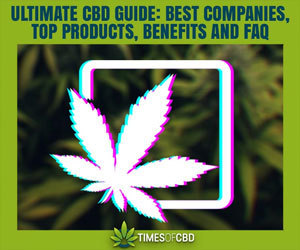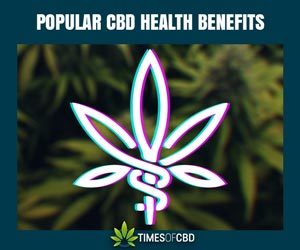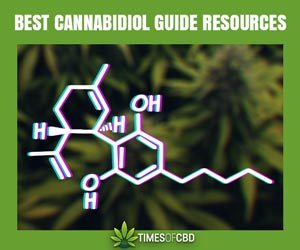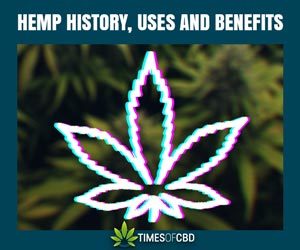CBD Extractions: How the Cannabidiol Extract Process Works
How Does The Cannabidiol Extraction Process Create CBD Oil Products?
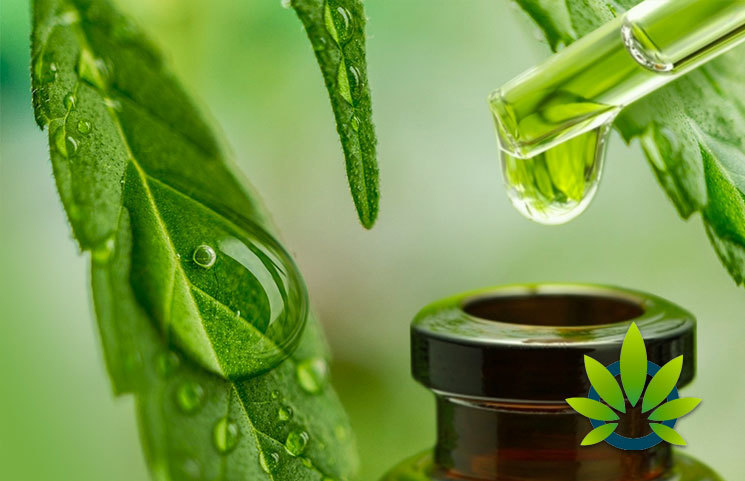
CBD oil is a substance that has been growing in popularity, but there’s still plenty left to be understood about this product. Everyone knows about the benefits that this kind of treatment affords consumers – promoting relaxation, easing inflammation, etc. – but what do the plants go through to get the final product? That is the answer that you can find here.
Making CBD
Every single plant has different chemical and organic components within them, but the extraction of nutrients and other substances from these plants is just as crucial as the end product. With CBD, in most situations, the plant is either ground or diced up, and then put into a liquid that will absorb the various materials within the plant.
Once these materials are absorbed into the liquid, the materials are filtered out and the remaining liquid holds the extract. Different liquids cause different materials to come out, which is why many companies will use a mixture of liquids in one solvent.
Temperature plays a significant role in the extraction process. Some processed take on a higher temperature and use ethanol extraction, or they use a lower temperature and a liquid form of CO2. Each are considered “green,” and have separate benefits. As a solvent, ethanol is safe and reusable. With CO2, recycling is also possible, but there is no hazardous waste.
When using elevated temperatures in the extraction process, there is a chance of losing some of the cannabinoids in the plant in the process, which can alter the effect that it has on the body. When companies say that their remedy is a “full spectrum” product, this means that they use the CO2 method to preserve the cannabinoids for a more intense effect. Considering that there are over 100 compounds that can change the effect on the user, the heat makes a substantial difference.
Hemp Vs Cannabis
The main difference between hemp and cannabis is in their purpose. Cannabis is specifically bred for its ability to offer THC to consumers, which gives the psychotropic effect. As a rule of thumb, a higher concentration of THC is related to a heightened effect from the extract. Since the FDA classifies this substance as a “controlled drug,” consumers can only purchase it if their state allows for recreational use, or if they have a prescription for it in a state that permits medicinal use.
CBD is manufactured from hemp plants, which are bred under the conscious decision to contain less than 0.3% THC, and instead are high in CBD.
Different Types Of Products
Overall, there are three types of products that consumers can purchase – full spectrum, isolates, and RSO. The difference between the three options lies in the purity, which RSO being considered the “dirtiest” with the highest concentration. However, RSO products are often the hardest to actually handle, and are frequently sold in syringes as the only way to truly package and dispense them.
A full spectrum oil is a filtered and clarified version of the RSO, which is then diluted to infuse other remedies. Isolates, however, use no chemicals in the purification process of RSOs.
Whole Plant Vs CBD
The starting materials for every manufacturer of CBD are the whole plant. Companies that choose “whole plant” products use a process that enhances all of the chemicals at the end, which creates the isolates. CBD does not purify in a way that removes non-CBD compounds, but the CBD involved is the primary focus.
Terpenes Vs Non-Terpenes
There are hundreds of terpenes that naturally occur in the cannabis and hemp plants. These are the natural chemicals that determine the exact effect that the formula will have on the user. To create this effect in an extract, isolates are brought back into the CBD oil after the purification process. This is how companies develop CBD products that specifically target sleepiness and pain relief.
Products with no terpenes literally are just isolates with no other chemical compounds included. Some companies are working on the development of these kinds of products to see how receptors in the body react without any specific influence from added isolates.
CBD Vs THC
There are generally several types of CBD extracts that users can choose from, and they include pure CBD extract or CBD that is derived from cannabis and that includes some THC.
One recent study touched upon the issue. The study, titled Potential Clinical Benefits of CBD-Rich Cannabis Extracts Over Purified CBD in Treatment-Resistant Epilepsy, indicates in its conclusion that,
“Apparently, CBD-rich Cannabis extracts are more potent and have a better safety profile (but not higher efficacy) than products with purified CBD. The lack of standardization among Cannabis extracts does not allow us to infer which characteristics of the product provide this therapeutic advantage. However, considering the scientific literature describing the “entourage effect” in plant compounds and in the endocannabinoid system, it's reasonable to suggest that the higher potency of the CBD-rich Cannabis extracts over purified CBD is related to other plant compounds acting synergistically to CBD . . . .”
In another study, titled Overcoming the Bell-Shaped Dose-Response of Cannabidiol by Using Cannabis Extract Enriched in Cannabidiol, the study looked at single molecule CBD and whole plant CBD.
The study determined that,
“in stark contrast to purified CBD, the whole-plant extract provides a clear correlation between the anti-inflammatory and anti-nociceptive responses and the dose, with increasing responses upon increasing doses, which makes this plant medicine ideal for clinical issues.”
Why Companies Add Other Oils To Products
When the extraction process is over, the oil is not the pure and smooth remedy that consumers are familiar with. Instead, the texture resembles tar or even paste, and the manufacturer then decides how to use that compound and make it into the end product – a bottle, a capsule, etc.
To create a more workable substance, there are a few choices these manufacturers have. Some choose hemp oil, some use a variation of coconut oil, and others opt for grape seed oil. None of these types of oils should have a negative impact on the user, because they are all generally considered “healthy oils.” These decisions sometimes effect the concentration and taste, though that is why some companies opt for dilution with hemp oil. However, hemp oil is not the most appetizing taste.
Changing The Taste
The taste is often the last decision made on a product, even though there are many products that involve taking the remedy sublingually for a total of 30-60 seconds to get the effect. Terpenes can play a role in the taste, taking into consideration that they will also influence the effect on the user.
Some companies choose natural flavorings, while others choose a synthetic flavor, depending on what they want to advertise. Natural flavorings can influence the effect, but the options are limited. Synthetic flavorings are chosen by companies when their goal is to offer a range of assorted and exotic options to consumers.
To improve the sweetness, most companies try to keep the natural theme going with agave syrup. The company has to choose, at this point, if they want to add the sweetness to the existing formula, or if they want to dilute the formula first for a sweeter reaction.
The Final Choice
When it comes to selecting a CBD product, the choice is complicated. Consumers have to consider the type of effect they want, the flavor they want, and the concentration. With this information above, consumers can be more educated as they choose an option that help with their particular reason for taking CBD in the first place.


